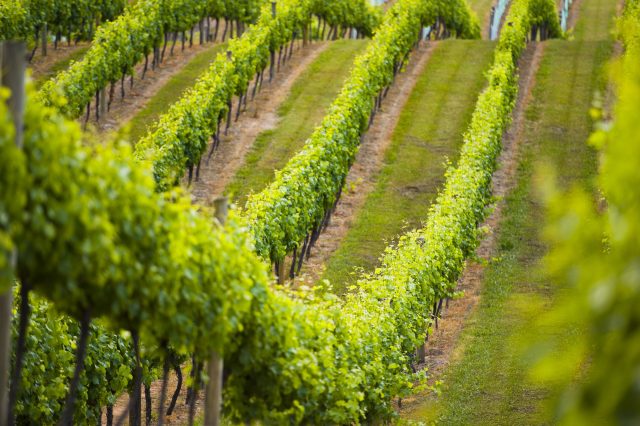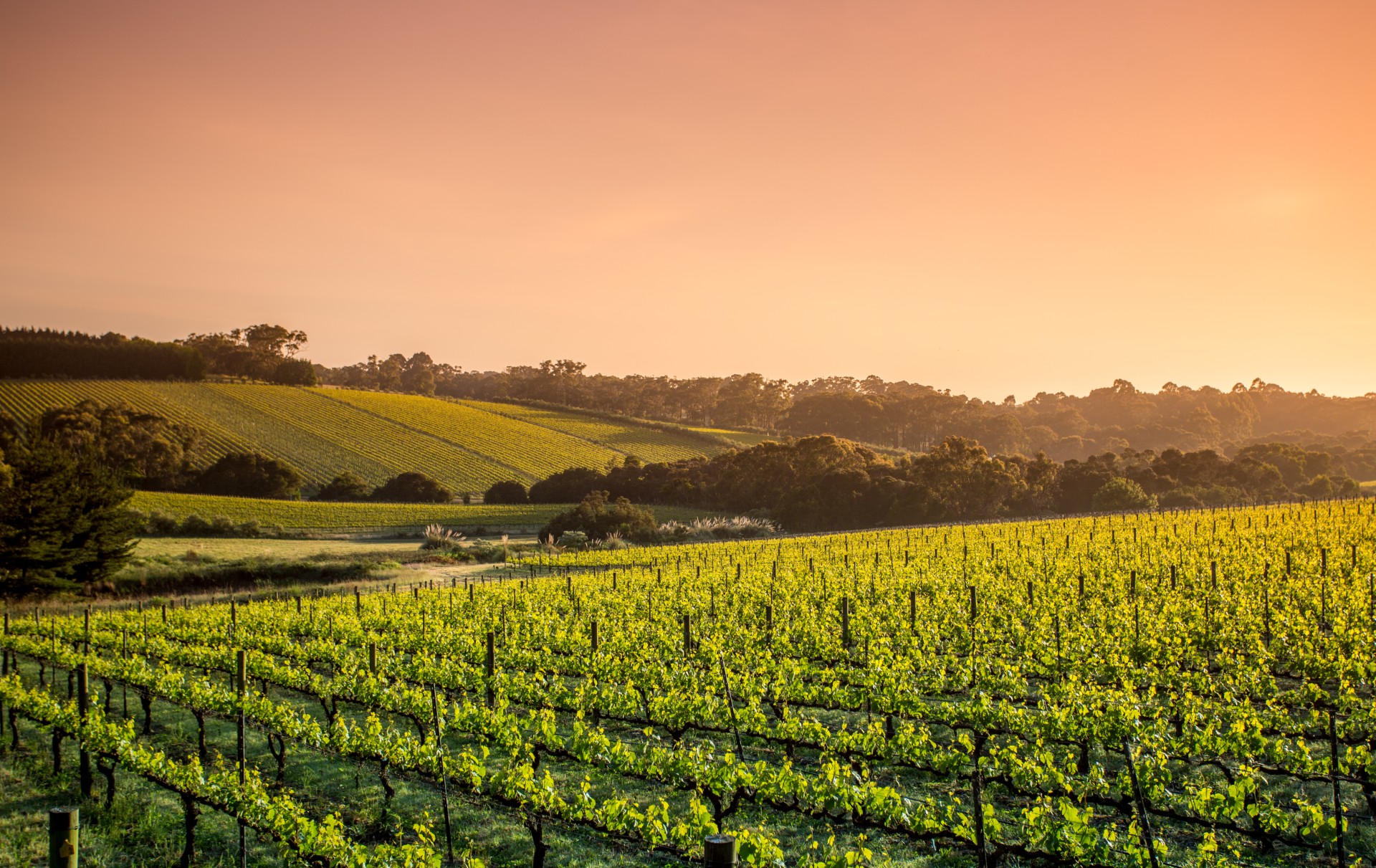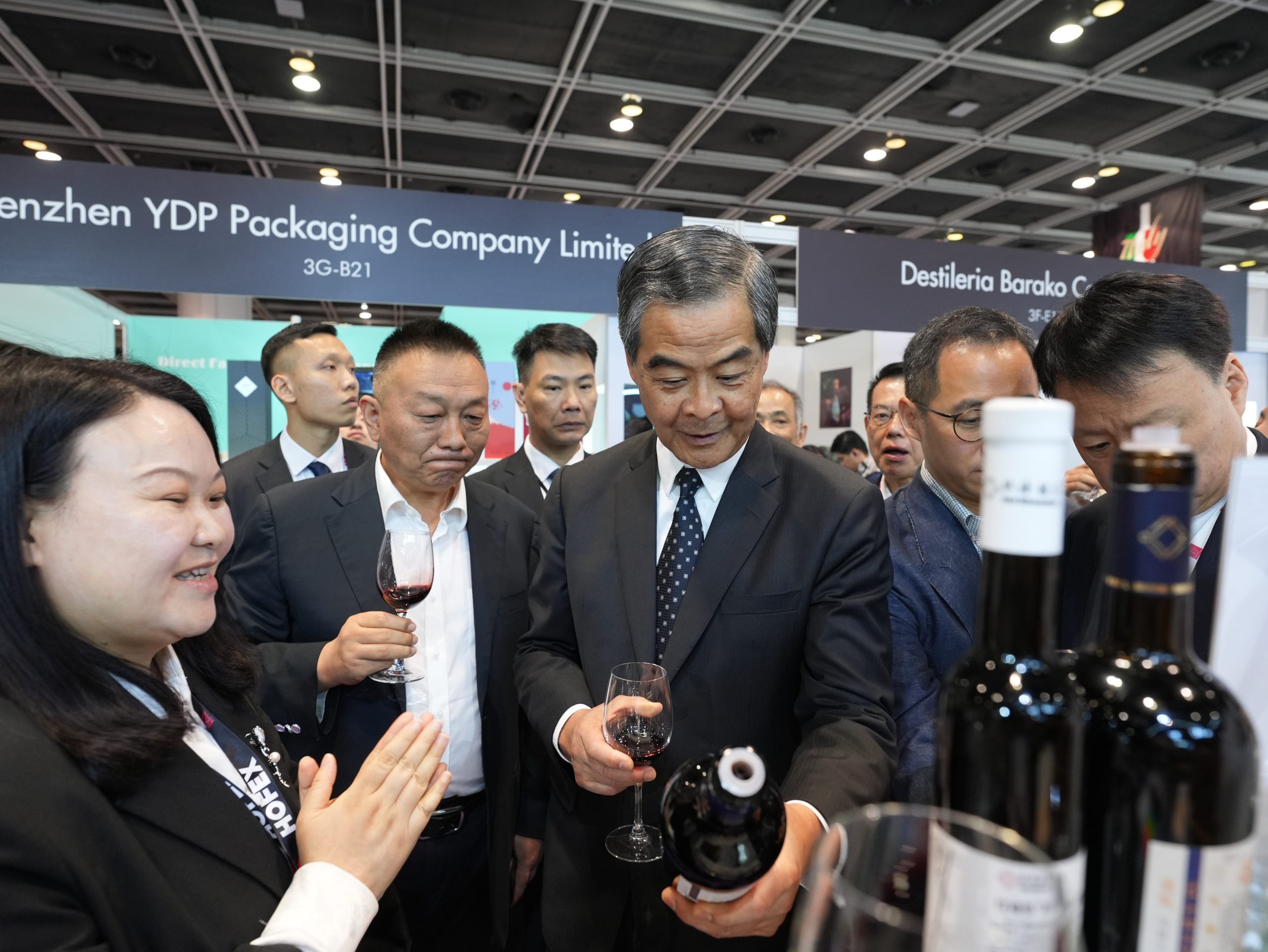Has Treasury Wine Estates’ strategy paid off?
When Treasury Wine Estates CEO Tim Ford announces the company’s next set of figures in July he will be at the half-way point of the five-year strategy he set when China imposed its punitive tariffs on Australian wines in 2020.

The company is much changed since Beijing retaliated to Australia’s demand for an international inquiry into the origins of Covid 19, and its criticism of China’s human rights record, by slapping tariffs of up to 212% on Australia’s wines.
Investors are therefore looking forward to the next results from Treasury Wine estates (TWE), Australia’s largest producer, as a progress report, with hopes it will herald further recovery.
Treasury’s shares have risen by more than 20% in the past year and have recovered about half of the ground they lost when the company was stripped overnight of its largest export market.
Share recovery
The recent share price recovery reflects expectations that Ford will be able to point to strong earnings growth over the next few years. Moving up the quality ladder is key to his strategy.
He did not panic by unloading stocks of the Penfolds range at knock-down prices to generate cash flow. Rather he sought to develop growing markets in South East Asia such as Thailand and Singapore as alternatives to China.
Ford sold off commodity lines in the then troubled US division and reshaped much of the American distribution system as well as buying the Napa Valley Frank Family Vineyard for a reported US$315 million.
Last week, TWE unveiled a project to expand its on-site solar electricity generation through a substantial investment in renewable electricity, which will power each of its US wineries.
More than 60% of TWE Americas’ electricity will be generated by on-site solar upon completion of the project, setting a record for a U.S. wine company of its size and scale.
Every TWE Americas winery will receive over half of its electricity needs from on-site solar generation, itself generating significant cost savings.
As well as shipping some US-produced wines to China, the first consignment of Penfolds wines from France was delivered late last year (only Australian wines were excluded).
To increase his production options, Ford bought three Bordeaux châteaux; Belle-Vue (15 hectares), Gironville (5 ha) and Bolaire (7 ha) to add to TWE’s existing Cambon La Pelouse, which was bought in 2019.
Then he added Château Lanesson with 80 hectares of Haut-Médoc vineyards.
Partner Content
After the heavy pruning he undertook in Australia two years ago, Ford is once again turning his eye on costs at home.
As the Australian Financial Review reported earlier this month, TWE is increasing its efforts to cut costs in its home market through a restructuring largely aimed at its budget wine portfolio falling under the Treasury Premium Brands division.
Commodity wines selling for less than AU$15 are the heaviest pressure in Australia as consumers feeling the pinch cut back, further reducing margins at the lower end of the product spectrum.
Restructure
The restructuring, which could see 200 jobs cut, will put more emphasis on the company’s luxury wine segment.
Commenting on the strategy, Ford said: “Like any business, we continually assess our structure and cost base to make sure we’re in the right position to continue to deliver on our strategy.”
Many of these changes are in their infancy or only recently announced and so will have little material effect when the latest figures are announced, but investors will be looking for a boost in the American numbers.
And then there is China.
Ford was adamant that TWE would not regard the Peoples’ Republic as closed forever, hence the shipments from the US and Europe as well as developing vineyards in China itself.
But he has cautioned that the market would only reopen gradually once the tariff penalties were lifted.
There are tentative signs that a rapprochement could occur, with some saying the thaw could begin as early as next month, especially as Australia has “frozen” its complaint to the World Trade Organisation about China’s tariff penalties on a range of goods.
Meanwhile, Australian broker Morgans is bullish about Treasury, saying it trades at a “material discount” to its peers and that it is well-positioned for “strong earnings growth … over the next few years”.
Related news
Ricky Gervais demands Barossa red on his tour rider




